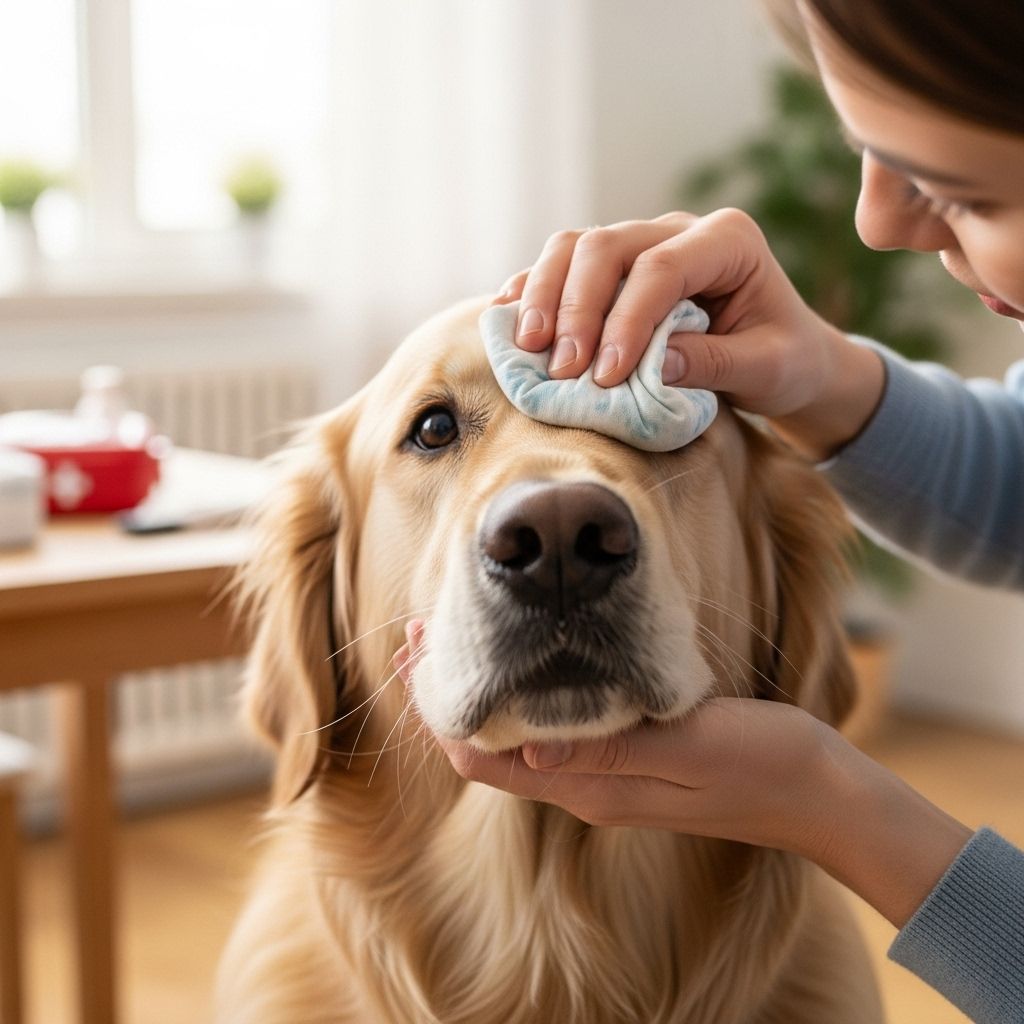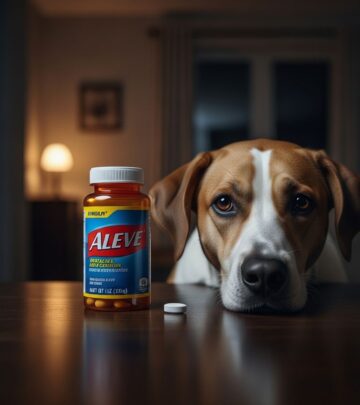Dog Bee Sting First Aid: 5 Essential Steps For Your Pup
First Aid and Prevention for Dog Bee and Wasp Stings

Image: HearthJunction Design Team
What to Do If Your Dog Is Stung by a Bee or Wasp
If your dog is stung by a bee or wasp, it can be a painful and frightening experience for both you and your pet. Understanding the appropriate steps to take can help minimize the discomfort and potential risks associated with bee and wasp stings.
Removing the Stinger
One of the first things to do if your dog is stung is to carefully remove the stinger.
Only honeybees leave their stingers behind
; other bees, like bumblebees, and wasps can sting multiple times. To remove a honeybee stinger, use tweezers to grasp it as close to the skin as possible and gently pull it out. Avoid pinching or pulling the stinger, as this can release more venom into your dog’s skin.. Alternatively, you can use a credit card to scrape the stinger out by sliding it in one direction against the skin.Relieving Pain and Swelling
After removing the stinger, apply a paste made from baking soda and water to the affected area. This paste can help neutralize the venom and reduce discomfort. Additionally, an
ice pack wrapped in a cloth
can be applied to reduce swelling and ease pain. Be cautious not to put ice directly on your dog’s skin to avoid frostbite.Monitoring for Allergic Reactions
While most bee stings cause only minor symptoms like redness and swelling, some dogs may experience allergic reactions. These can range from mild to severe and may include hives or more pronounced swelling around the sting site. In severe cases, if the sting occurs on the face, tongue, or throat, it can lead to airway obstruction. If you suspect an allergic reaction, consult your veterinarian immediately.
Preventing Future Stings
To prevent stings, keep your dog away from areas where bees and wasps are likely to be present, such as near flowers or food sources. If your dog disturbs a hive, quickly call them to you and move to a safe distance before seeking veterinary care if necessary.
Administering Antihistamines
For dogs with a history of mild allergic reactions to bee stings, your veterinarian may recommend administering an antihistamine. Always consult with a veterinarian before giving any medication to your dog to ensure the correct dosage and safety.
Frequently Asked Questions (FAQs)
Q: What are the common symptoms of a bee or wasp sting in dogs?
A: Common symptoms include pain, swelling, redness, and inflammation at the sting site. In severe cases, allergic reactions can occur, which may involve hives or breathing difficulties if the sting is near the face or throat.
Q: How do I remove a bee stinger from my dog?
A: Use tweezers to carefully pull out the stinger, or use a credit card to gently scrape it out in one direction. Avoid pinching or pulling the stinger.
Q: What should I do if my dog experiences an allergic reaction to a bee sting?
A: If you suspect an allergic reaction, especially if the sting is on the face, tongue, or throat, seek immediate veterinary care. Your veterinarian may prescribe antihistamines or other treatments based on the severity of the reaction.
References
- https://www.akc.org/expert-advice/health/dog-stung-bee-wasp/
- https://www.akc.org/expert-advice/advice/dogs-try-to-eat-bees/
- https://www.akc.org/expert-advice/health/emergencies-first-aid/
- https://www.thekennelclub.org.uk/health-and-dog-care/health/health-and-care/a-z-of-health-and-care-issues/bee-and-wasp-stings-in-dogs/
- https://www.sniffspot.com/blog/dog-enrichment/dog-bee-stings-prevention-risks-and-what-to-do
Read full bio of Srija Burman












